
Whether you favour a steak or a burger, there’s a number of factors to consider when buying beef?
Indoors or outdoors?
While we think of feedlot style intensive rearing of beef cows as something that happens in the US, unfortunately intensive beef operations are on the rise in the UK. This can include cows being housed indoors for their entire life, or being fattened up in feedlot style megafarms.
Many beef cows spend some of their life outdoors. This will vary between farms and whether they are raising calves on the farm (suckled calf production) and/or preparing animals for slaughter (finishing systems). The time spent outdoors will also depend on the weather, with many high welfare farms still bringing animals indoors for winter.
Continuous indoor housing is allowed under Red Tractor certification, which means very little above the minimum legal standard, and for some cattle, it is not even a requirement to provide them with bedding.
RSPCA Assured requires cows to have access to the outdoors for 4 hours a day during grass growing season, apart from the final 3 months of finishing. While the standards are a level up from the Red Tractor, there has been a lot of criticism and controversy around overcrowding and animal welfare on certified farms.
Organic and Biodynamic
Cows on organic farms must be out on pasture whenever the conditions allow them to be – the Soil Association estimate this to be around 200 days a year. When they are housed indoors, they must have plenty of bedding and they must be fed a minimum of 60% forage.
Biodynamic certification is similar to organic, but has both a spiritual and holistic element to it. As well as involving a number of different biodynamic preparations, it also requires that at least 50% of the feed is produced on the farm or the local region, meaning the number of animals is in line with the wider farming system.
Grass fed and pasture fed
To use the term ‘grass-fed’ the animal only has to receive 51% of its diet from pasture. If you want to be sure that 100% of the diet of the cow comes from pasture, you need to look for the Pasture for Life logo.
Cows are ruminant animals, with their four-stomach digestive system designed to process grass and other plants. “Our cows eat pasture, and we use that term as opposed to grass, as it reflects the complexity and diversity in the sward,” Nikki Yoxall from Grampian Graziers explains. “So they eat all different pasture plants including grasses, herbs, legumes, flowering plants, but they also get to browse on hedges and trees.”
Regenerative
Beef is one of the areas in which the use of the term regenerative is on the rise. For many farmers it marks a shift towards farming in a less intensive manner, and with reduced or no inputs, implementing grazing methods and farming techniques that focus on building soil health and biodiversity. However, there is currently no regulation around the use of the term, and so what this means to farmers may differ, and there’s a risk of it being co-opted by big food. The term can be a good indication of a farm who are farming in harmony with nature, but look for more information about what this means and what animals are fed on.
Methane and land
There’s been a lot of high profile press about the impact of methane emissions from cows, but the reality is more complicated. While methane has a more powerful impact on our atmosphere than CO2, it also has a much shorter lifetime. Research has also shown that beef on well-managed pasture areas can offer a carbon ‘net gain’. With the pressure of this anti-beef rhetoric, we need to be mindful of not just switching our diet to alternative meats such as chicken and pork, which may have associated CO2 emissions from deforestation and nitrogen fertilisers for feed. In short, it’s more complex than it might first appear.
“If we are to transition to a sustainable, regenerative UK food system based on agroecological principles, livestock will have a key role to play,” Robert Barbour from the Sustainable Food Trust points out. “Their ability to produce nutrient dense food from grass and other feeds humans can’t or don’t want to eat is likely to become ever-more important from a food security perspective. So is the role they have to play, through a return to mixed farming, in restoring soil health and reducing the reliance on agrichemical inputs across our degraded arable area.” Their report Feeding Britain From The Ground Up models the UK’s beef consumption remaining at roughly the same level (3% reduction), but moving to a pasture based system.
Breed
There are 34 native breeds of cow in the UK, and many breeds such as a Belted Galloway are seeing a recent resurgence. Native breeds can be a favourable choice because they thrive in lower input systems, cope well in bad weather and often able to make use of rougher pasture than other breeds. “We started off with Shetland cattle, but we have moved over to pedigree native Aberdeen Angus,” Nikki Yoxall of Grampian Graziers points out. “They are a smaller frame size but they are really well suited to the system we run, and deliver lots of benefits in terms of productivity.”
A good death?
With one in three small abattoirs in the UK closing in the last 10 years, this is leaving some farms far away from a suitable abattoir they can take their animals to. Some of the 249 remaining red meat abattoirs won’t deal with small producers, others are not organic certified, and others are halal and so use non-stun methods that some farmers are not comfortable with.
“Small local abattoirs are essential for the viability of local meat supply chains and sustainable livestock systems,” Megan Perry, Head of Policy and Campaigns at the Sustainable Food Trust explains. “Unlike large abattoirs, smaller operators tend to offer private kill services, whereby the meat can be returned to the farmer to sell direct to customers, and are willing to slaughter native and rare breeds and smaller batches of animals, which is essential for regenerative farms and conservation grazing to be viable. They often add value to the meat by offering cutting and packing services, enabling farmers and local meat businesses to thrive.”
Years of campaigning by organisations like the Sustainable Food Trust through the Abattoir Sector Group has highlighted this issue, and Defra has recently announced support through the Smaller Abattoir Fund and the Farming Investment Fund, but many small abattoirs are still at risk.
Where to buy
Supermarkets offer limited choice, with some having little or no organic beef available, and no provenance as to where meat comes from.
Buying direct from a farm can be a great option if you have a local farm or farmers market. You can also buy direct from farms who are further afield as many now offer boxes by post, and Pasture for Life have a list on their website. There are also a number of online retailers who stock meat from a range of different farms, which can be helpful if you want to buy a selection of meat.
Your local butcher can be a good option – but ask them about where the meat is from as some will just buy from an abattoir with no provenance or connection to the farm. Likewise, independent retailers with a focus on local produce often have meat from local farms, but you may need to do your research on the farm itself to find out the info you need.
In some areas, communities have come together to collectively manage cattle, such as Cow Club in the South Downs. The herd of Belted Galloway undertakes conservation grazing for the Lynchmere Commons nature reserve, ranging over 600 acres of open heathland, browsing scrubby trees, gorse and heather. “When the cows are no longer able to continue grazing the commons due to age or injury, they are slaughtered and the beef is shared by our members,” member Edwin Brooks explains; “We have a group of members who pay a yearly contribution, attend events and collectively decide the price of the beef when we send a cow off.”
This feature is part of our new WL Sustainable Food Series, by Steph Wetherell, which includes guides on fruit, veg, bread, meat, and much more.

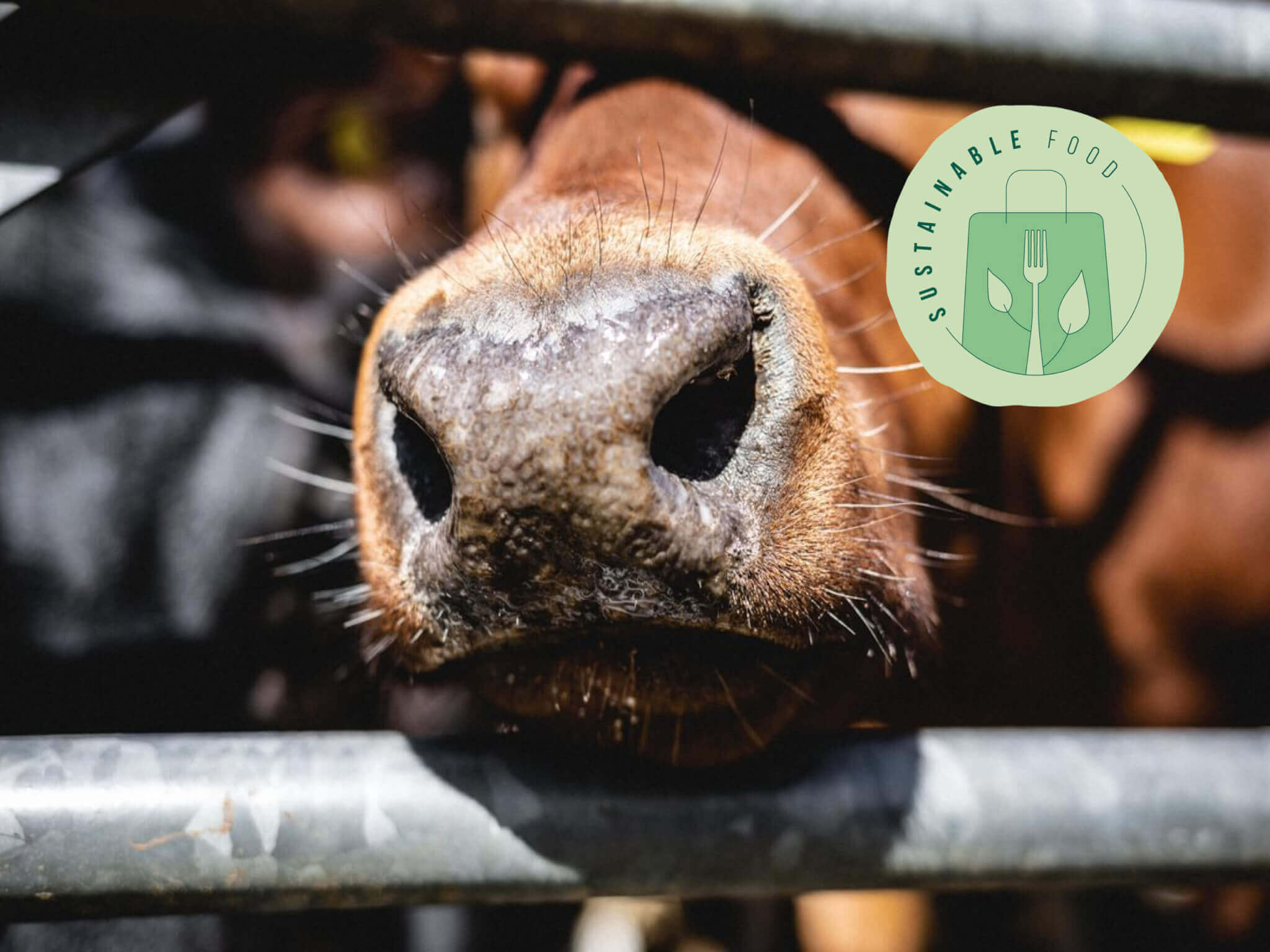
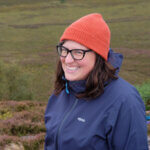

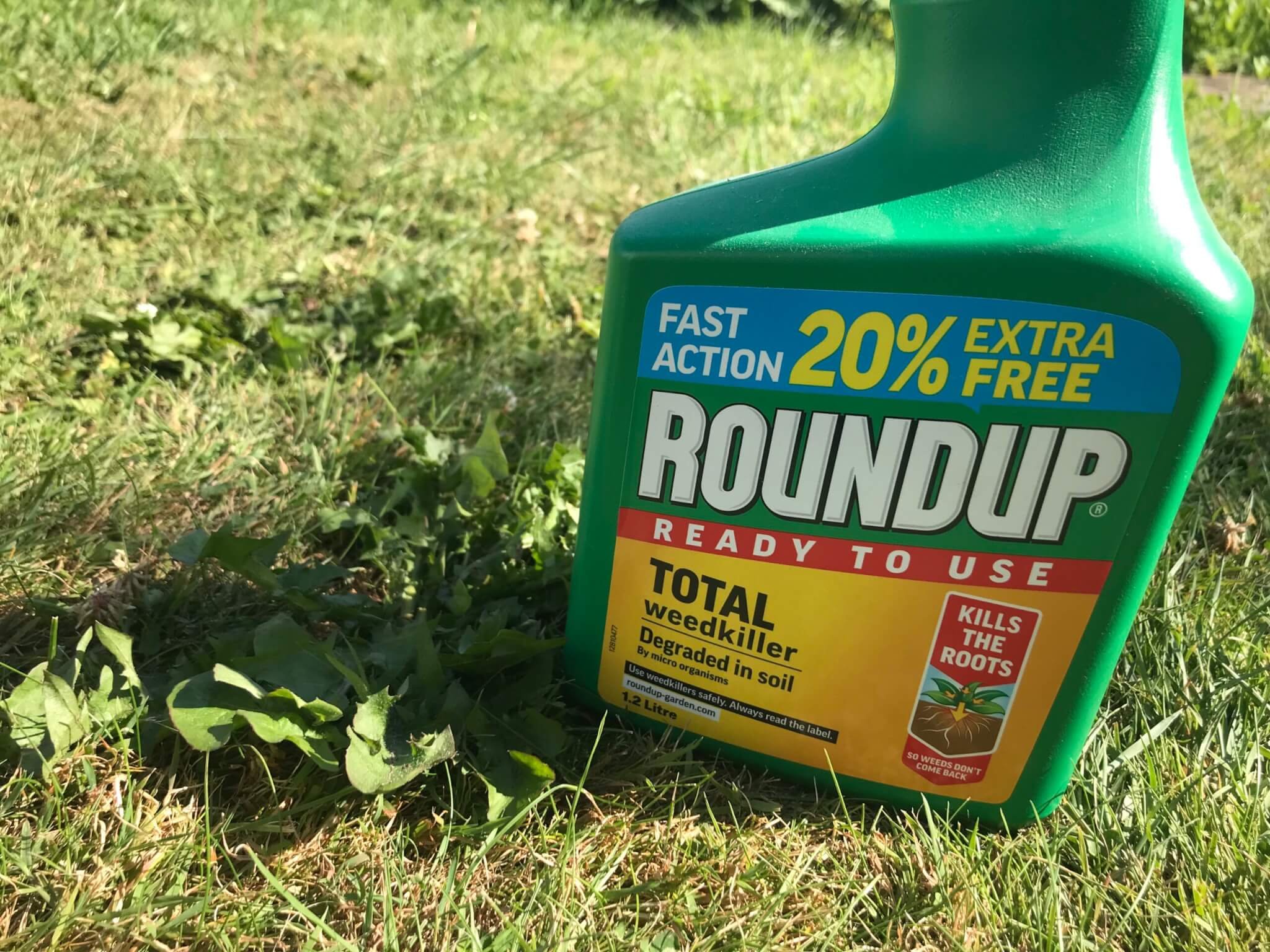

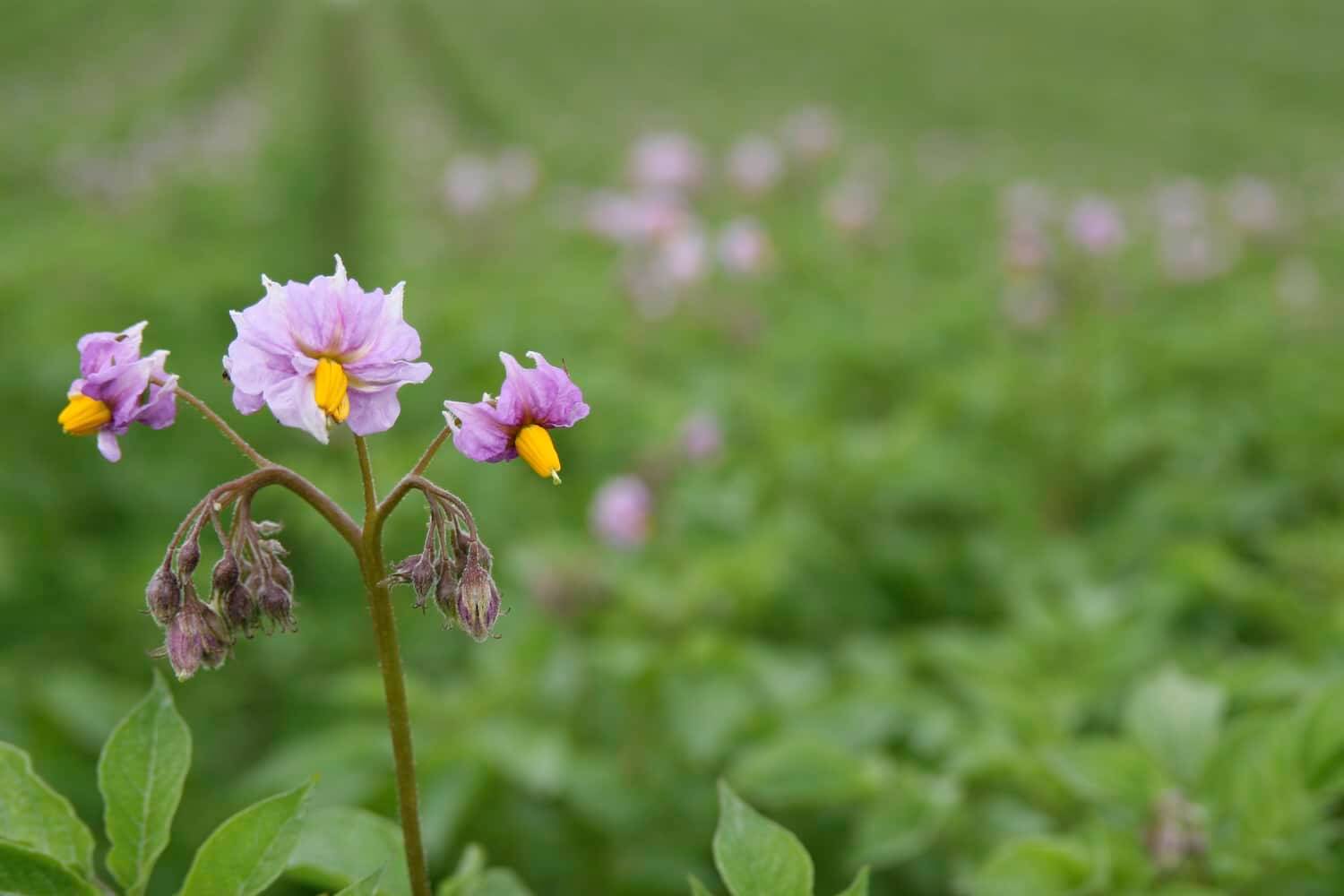
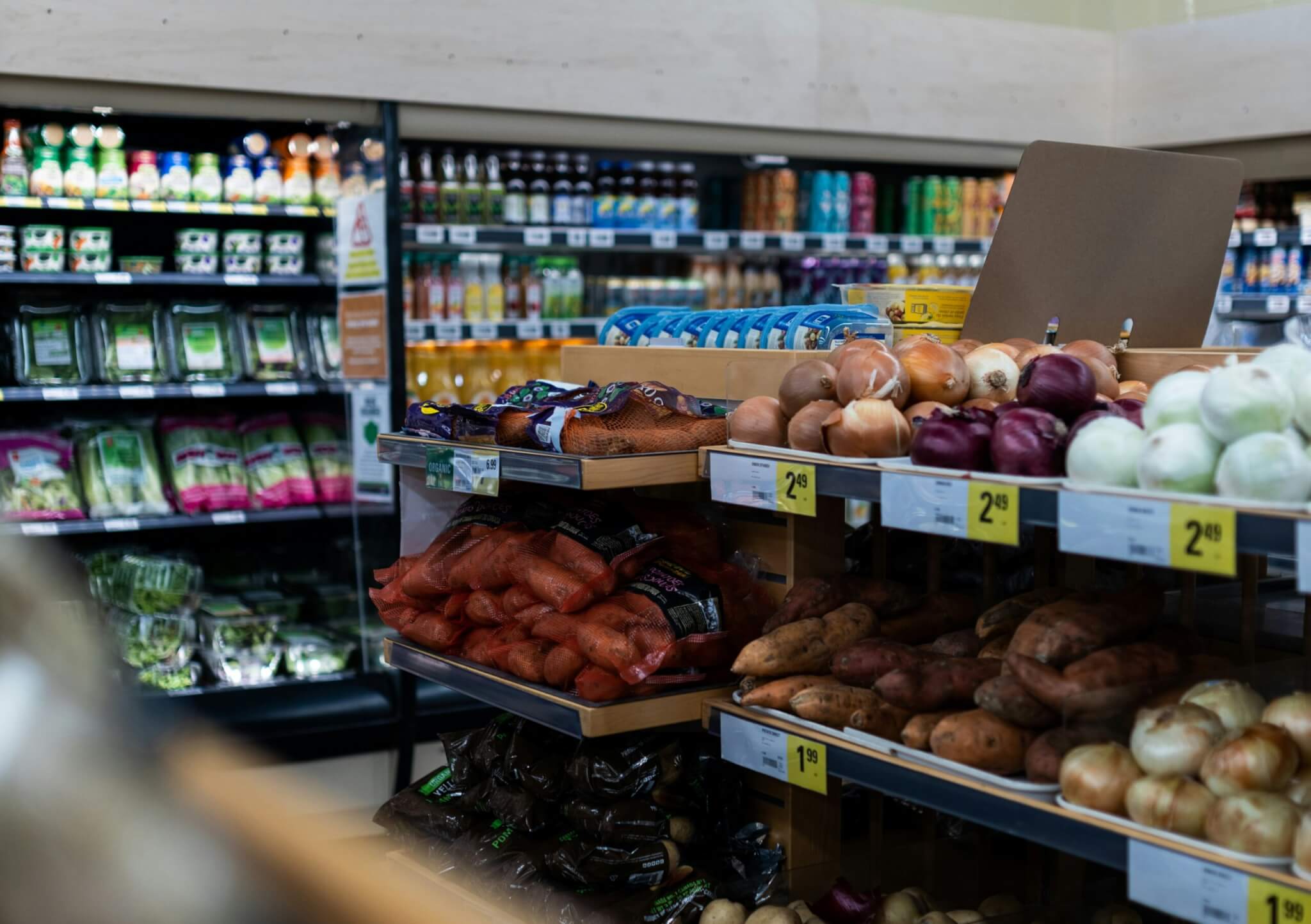

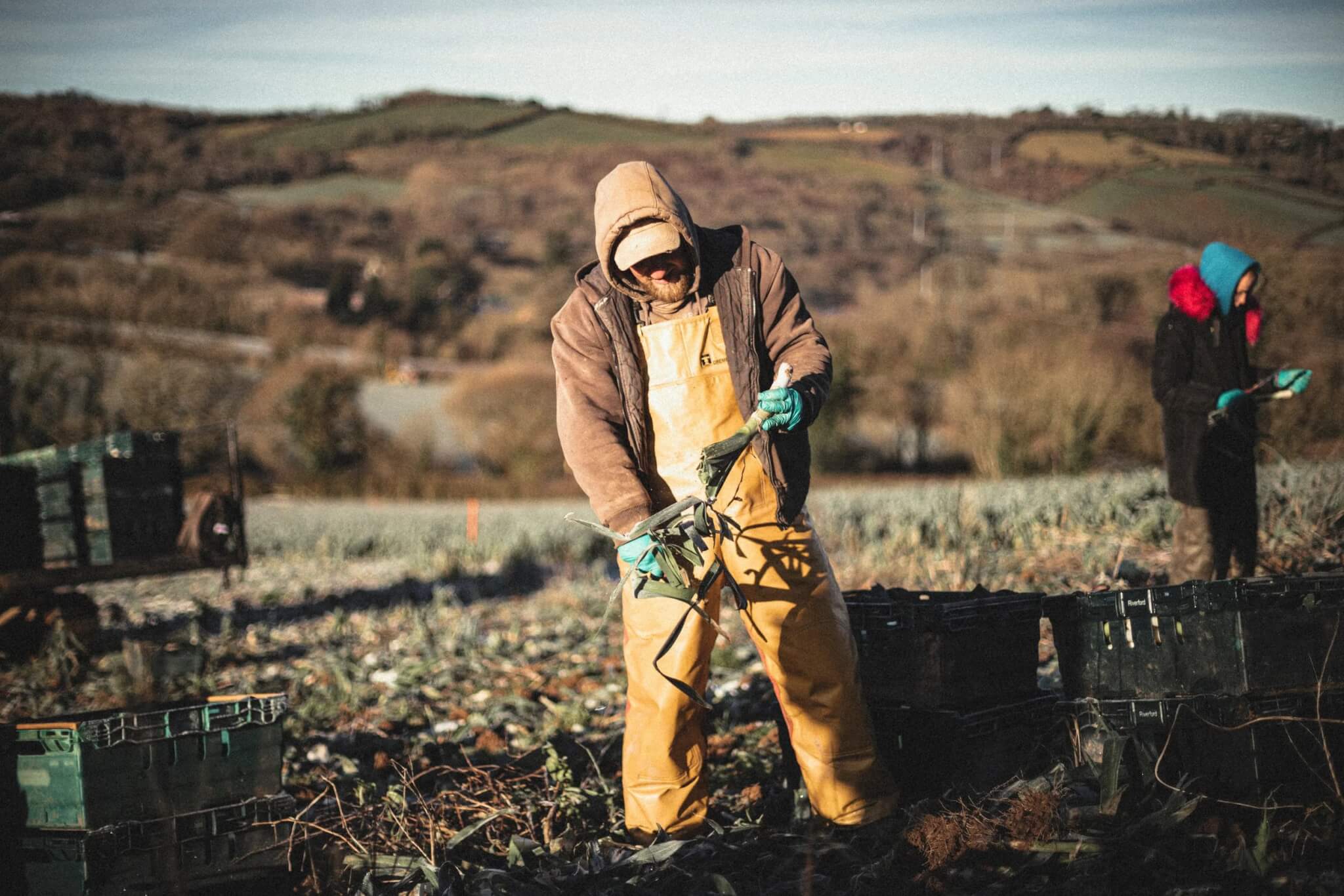
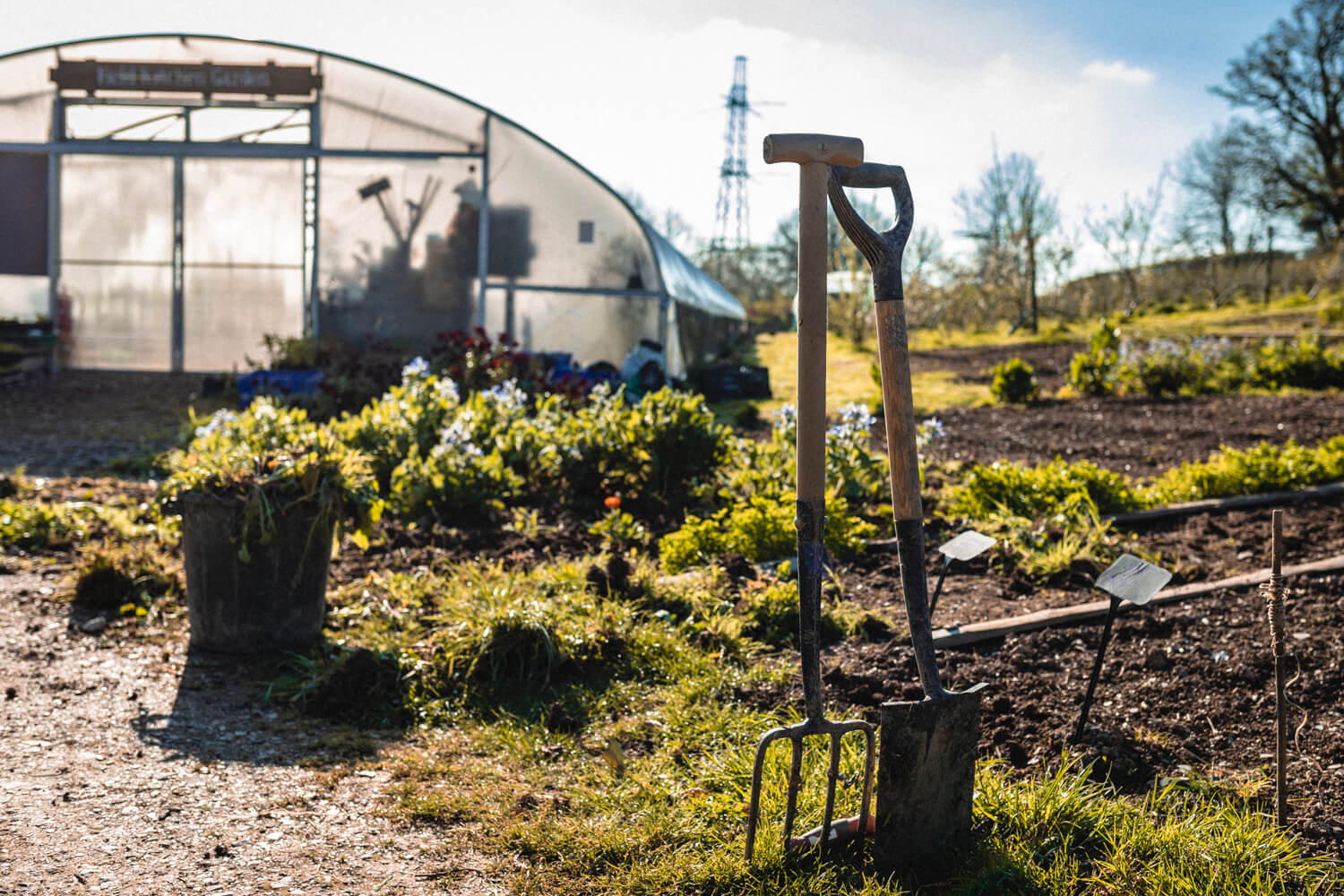
So what do we do? Too much confusion. I want to support farmers. I want to eat locally. I want to limit my addition to climate change. I want to eat animals that have been reared and killed in the best possible way. For now, we eat meat weekly, if that. And in my case, it’s only Riverford meat. But these things don’t compute – they compete.
This overview provides a list of the different ways beef is produced but lacks depth and analysis, certainly not “drilling down” as was promised in the strap-line. Maybe more in-depth articles are scheduled.
As usual organic is the only way to go!
To do that we also need to eat less meat – appreciate it more and perhaps value our food more than our huge tvs, cars and iPhones!!
I live on a budget but eat mostly organic food – other people on the same budget say they cannot afford organic but spend way more on holidays, clothes, ‘products’ video games and so much else!
I think we are probably happier simplifying our lives and directing what money we do have at companies and producers who align with our yearning for a fairer, kinder planet….
Also wild meat – let’s all eat more deer and let the trees grow!!! ( yes and squirrel! 😝)